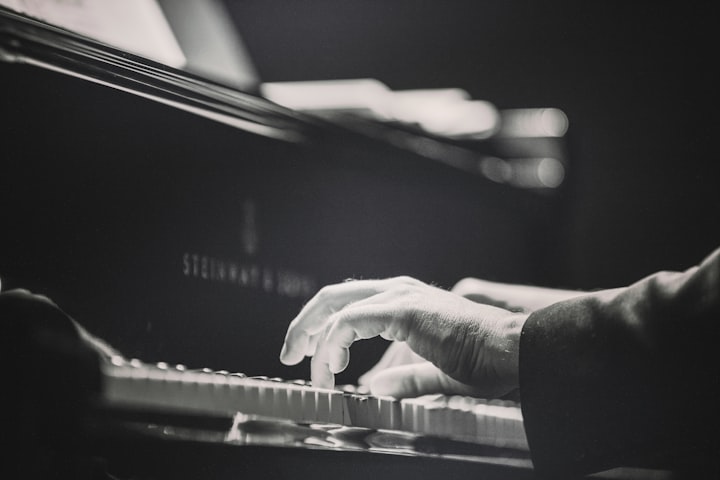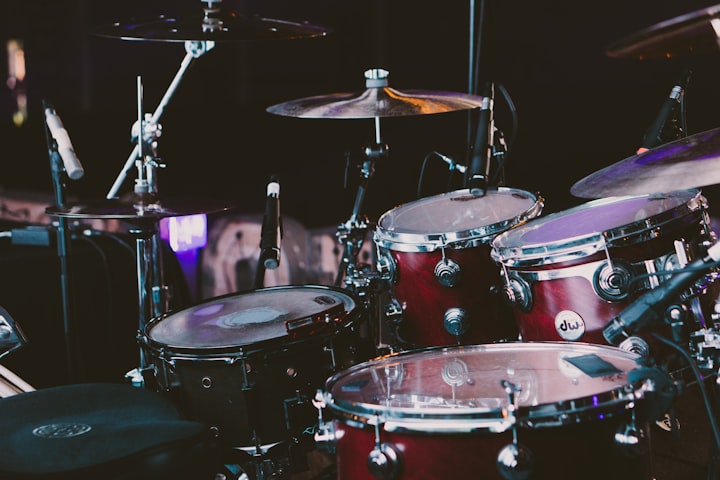
The piano is one of the most versatile and beloved musical instruments in the world. Its rich history spans several centuries, and it has undergone many changes and evolution over time. The piano has evolved from its early ancestor, the harpsichord, to the modern grand piano that we know today.
The earliest versions
The earliest known ancestor of the piano is the clavichord, which was invented in the 14th century. The clavichord was a small, portable keyboard instrument that was played by striking the strings with small hammers. Despite its small size, the clavichord was capable of producing a wide range of musical expressions, which made it a popular instrument among composers and musicians of the time.
The harpsichord, which was invented in the 15th century, was the next major development in the evolution of the piano. The harpsichord was larger and more complex than the clavichord, and it was capable of producing a louder and more powerful sound. It was played by pressing the keys, which caused the strings to be plucked by a plectrum or quill. The harpsichord was a popular instrument in the courts and homes of Europe, and it was used in both solo and ensemble music.
1700s
In the late 1700s, an Italian musician and inventor named Bartolomeo Cristofori developed the first true piano. Cristofori's piano, which he called the "gravicembalo col piano e forte," or "harpsichord with soft and loud," was an evolution of the harpsichord. Instead of plucking the strings, Cristofori's piano used hammers to strike the strings, which allowed the player to produce a wider range of dynamics and expression.
The early pianos were quite different from the modern grand piano that we know today. They had lighter frames, shorter strings, and less powerful hammers, which resulted in a softer and less powerful sound. Over time, pianos began to evolve to have a more powerful sound and a greater range of expression.
1900s
In the 19th century, piano makers began to experiment with different designs and materials in order to produce a louder and more powerful instrument. They began to use longer strings, stronger frames, and more powerful hammers. The result was the modern grand piano, which is capable of producing a wide range of dynamics and expression, and is still widely used today.
The introduction of the over-stringing technique, where the bass strings were placed over the treble strings, allowed the pianos to have a larger soundboard and a much deeper bass. This technique was used by Steinway and Sons, who are known for creating some of the best pianos in the world. Check out any alternative to eBay and you might find one Steinway sitting there with pride.
Additionally, the use of cast iron frames to hold the strings in place also greatly improved the sound and durability of the piano. This was a game-changing innovation that allowed pianos to be built larger and more powerful than ever before.
Late 20th Century
In the late 20th century, digital pianos were introduced, which use digital samples of piano sounds and can be played with a MIDI controller. These pianos have become increasingly popular for their versatility and portability, and they have helped to introduce the piano to a new generation of musicians. Go to any store dealing in musical instruments and you might find one that is digital.
The piano has evolved over the centuries from a tiny portable keyboard instrument to the modern grand piano that we know today. The piano has undergone many changes and innovations throughout its history, and it has become one of the most versatile and beloved musical instruments in the world.
About the Creator
Shivam
Helping people communicate complex ideas using storytelling






Comments
There are no comments for this story
Be the first to respond and start the conversation.